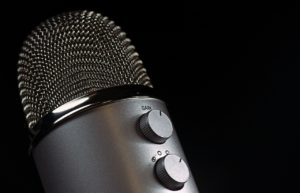Loeys-Dietz Syndrome
What is Loeys-Dietz syndrome?
Loeys-Dietz syndrome is a rare disorder of the body’s connective tissue. It was first described in 2005 and is still confused with other connective tissue disorders such as Marfan syndrome.
What are the symptoms of Loeys-Dietz syndrome?
Symptoms of this rare disorder include:
- Abnormal craniofacial features
- These include widely spaced eyes, a broad uvula, and a bifid
- Rarer features include cleft palate and craniosynostosis
- Some patients experience club foot
- Some patients experience gastrointestinal complaints, severe food allergies, and scoliosis as well
- Abnormal skin
- This may mean soft/velvety skin, translucent skin, skin that breaks and bruises easily, scarring issues, and/or recurrent hernias
- Tortuous vessels
- Aneurysms throughout the arterial tree
What causes Loeys-Dietz syndrome?
Mutations in numerous genes can cause Loeys-Dietz syndrome, such as the TGFBR1, TGFBR2, SMAD3, TGFB2, and TGFB3 genes. The commonality between these genes is their role in the tgf-beta pathway. Medical professionals are still investigating these genes and their relation to the characteristic symptoms.
In terms of inheritance, Loeys-Dietz syndrome is passed down in an autosomal dominant pattern if it is inherited genetically. If not, it is a sporadic mutation, which is often the case.
How is Loeys-Dietz syndrome diagnosed?
Upon suspicion, doctors will perform a physical examination and look for the characteristic symptoms of the disorder. Echocardiograms and imaging tests will be used to distinguish this condition from others and for further investigation. Genetic testing can confirm a diagnosis.
What are the treatments for Loeys-Dietz syndrome?
Monitoring is the main portion of treatment and care for Loeys-Dietz syndrome. Every six months to one year, affected individuals undergo imaging tests and echocardiograms. If something is noticed in these check-ups, then doctors can move to treat it. For example, aortic root replacement surgery may be used to replace any weak tissue before it tears. Other treatment is symptomatic, and it is also recommended that patients stay active with light activities like walking, swimming, tennis, or any other exercise you can have a light conversation throughout.
Where can I find out more about Loeys-Dietz syndrome?
Loeys-Dietz Syndrome Articles







